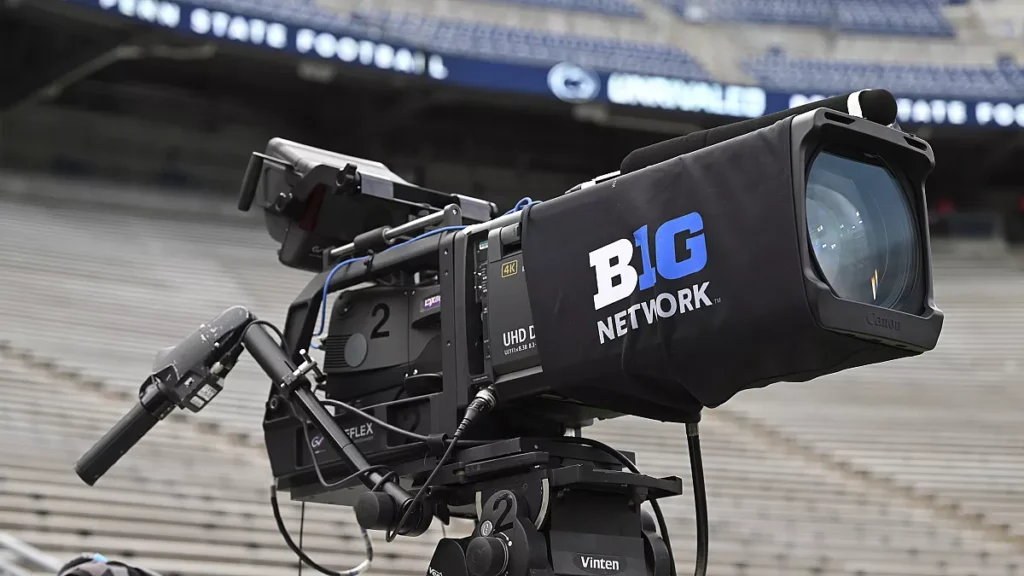
Sports broadcasting, particularly soccer, is a blend of advanced technology, meticulous planning, and the artistry of storytelling. Every match, from local leagues to international tournaments, captivates millions of viewers worldwide, delivering an immersive experience that transcends the game itself. In this article, we delve deep into the mechanics, technology, and creative minds behind soccer broadcasts, uncovering how they bring the passion, drama, and excitement of the beautiful game to life.
The Foundation of Soccer Broadcasting: Pre-Match Preparations
A successful 스포츠중계 begins long before the whistle blows. Teams of producers, directors, and technical crews collaborate to ensure every aspect of the production is flawless. Pre-match preparations typically include:
- Venue Assessment: Broadcasters assess the stadium layout, including camera placements, lighting conditions, and crowd management considerations. This ensures optimal angles and clear visuals for viewers.
- Equipment Setup: From ultra-HD cameras to specialized microphones, cutting-edge equipment is installed and tested to guarantee high-quality visuals and sound.
- Script Development: Commentary teams work with producers to create scripts highlighting key narratives, player stats, and match context. These elements provide structure while allowing flexibility for unscripted moments.
- Team Coordination: Crews synchronize their efforts across various departments, including graphics, replays, and live feeds, ensuring seamless execution during the game.
State-of-the-Art Technology: Elevating Viewer Experience
Technology plays a pivotal role in modern soccer broadcasting. Innovations have revolutionized the way fans experience the game, making it more engaging and interactive.
High-Definition and 4K Cameras
Advanced cameras capture every detail, from the intensity in a player’s eyes to the subtle movements on the field. Technologies like super slow-motion and multi-angle replays provide a deeper understanding of critical moments.
Augmented Reality (AR) Graphics
AR graphics enhance broadcasts by overlaying real-time statistics, player trajectories, and tactical analysis onto live footage. These visuals not only inform but also entertain viewers, offering insights previously accessible only to analysts.
Drone and Spider Cameras
Dynamic aerial views provided by drones and spider cameras deliver breathtaking perspectives of the field, adding a cinematic dimension to soccer coverage.
Virtual Fan Experiences
For global audiences, virtual reality (VR) broadcasting allows fans to experience games as though they were in the stadium. This immersive technology bridges the gap between physical and digital attendance.
The Art of Commentary: Guiding the Viewer’s Journey
Commentators are the voice of the broadcast, weaving narratives that engage and educate the audience. Their expertise, charisma, and ability to adapt to unfolding events are key to creating memorable broadcasts.
Pre-Game Research
Commentators spend hours researching teams, players, and historical matchups to deliver accurate and compelling narratives. They highlight emerging talents, tactical shifts, and off-the-field stories that resonate with fans.
In-Game Analysis
Real-time analysis is an essential skill for commentators. They interpret tactical plays, referee decisions, and momentum shifts while keeping viewers informed and entertained.
Emotional Connection
Great commentators strike a balance between objectivity and passion, amplifying the excitement of goals, near-misses, and pivotal moments. Their ability to mirror the emotions of fans adds a personal touch to broadcasts.
The Role of Production Teams: Orchestrating the Spectacle
While commentators provide the voice, production teams are the unseen architects of every broadcast. Their expertise ensures smooth execution from start to finish.
Director’s Vision
The director oversees the broadcast, deciding which camera angles to display, when to cue replays, and how to transition between shots. Their vision shapes the narrative flow and visual appeal.
Graphics and Replay Teams
Graphics teams design overlays displaying real-time data, while replay teams curate moments that deserve a second look. Instant replays often focus on game-changing events like goals, fouls, or contentious calls.
Sound Engineering
Capturing stadium sounds, including crowd reactions and player interactions, adds authenticity to the broadcast. Sound engineers balance these elements with commentary and background noise for an immersive auditory experience.
Cultural and Global Impact of Soccer Broadcasting
Soccer broadcasts do more than entertain; they foster community, culture, and global connection.
Uniting Fans Worldwide
Whether in bustling cities or remote villages, soccer broadcasts unite fans, transcending language and cultural barriers. Iconic tournaments like the FIFA World Cup amplify this connection, bringing billions together in celebration.
Inspiring Future Generations
The storytelling in soccer broadcasts often highlights perseverance, teamwork, and sportsmanship, inspiring young athletes and fans alike. By spotlighting role models, broadcasters contribute to the sport’s enduring legacy.
Economic Contributions
Soccer broadcasts drive significant economic activity, from advertising revenues to merchandise sales. They also boost tourism and local economies, particularly during major tournaments.
Future Trends: What’s Next for Soccer Broadcasting?
As technology evolves, so does the potential for soccer broadcasting to innovate further. Emerging trends include:
- Artificial Intelligence (AI) Analytics: AI can analyze game footage to predict outcomes, identify patterns, and enhance tactical discussions.
- Personalized Viewing Experiences: Viewers may soon customize broadcasts, choosing preferred camera angles, commentary styles, and statistical overlays.
- Eco-Friendly Practices: Sustainability is becoming a priority, with broadcasters adopting green technologies and reducing their carbon footprint during events.
Conclusion
Soccer broadcasting is a harmonious blend of technology, artistry, and human passion. It brings the game to life for millions, capturing the drama, beauty, and essence of the sport. As innovations continue to shape the industry, the future promises even more engaging and immersive experiences for fans worldwide.



